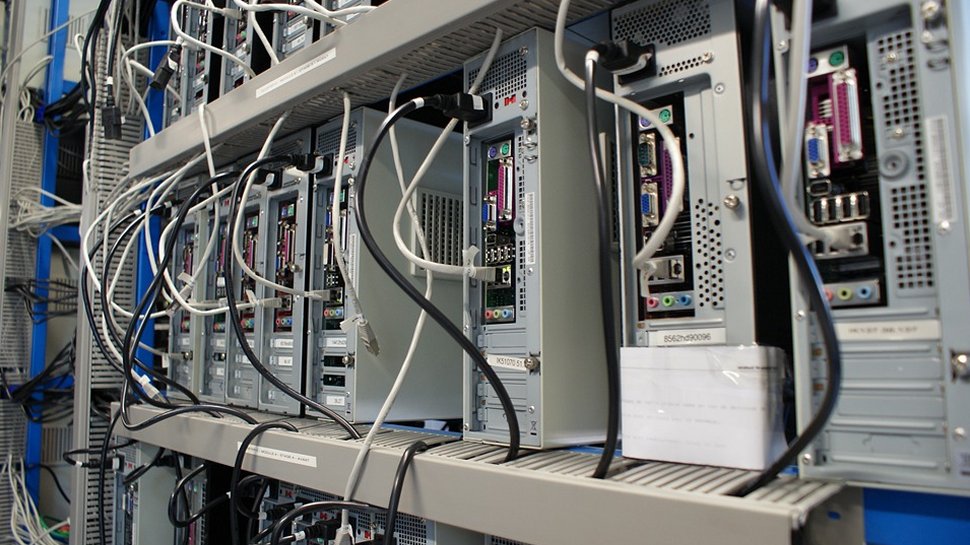
A new study has revealed nearly two-thirds (63%) of IT leaders are grappling with a sustainability headache due to their organization’s legacy infrastructure.
According to the analysis of 250 senior IT decision-makers by Daisy, legacy hardware could be responsible for more than one-third (37%) of overall power consumption in businesses.
The news comes as most IT leaders (86%) understand the importance of sustainability and energy efficiency across their operations, and with increasing pressure on the IT sector to cut emissions.
Dated infrastructure is wasting energy
Almost as many (84%) had confirmed that their business has IT efficiency targets, which correlated with the added pressure on data centers around the world to focus on more sustainable developments. However, only half (51%) said that they were very confident their business would meet these targets.
Andy Bevan, Head of Propositions and Strategy Consulting for Daisy, summarized: “...legacy technology is a cause for concern amongst IT teams, with ageing equipment still contributing significantly to power consumption.”
Bevan highlighted the potential benefits of hybridized approaches to bridge the gap between on-prem infrastructure and the cloud, offering both performance and sustainability benefits. Another study brought the rising adoption of hybrid setups to light at the end of January, while others have revealed that multi-cloud adoption is on the up.
Legacy infrastructure isn’t just a sustainability burden, because Daisy found that almost one-third (29%) of IT budgets were allocated to supporting, maintaining and managing inefficient legacy hardware. If there was ever a time to upgrade your business’s IT, it looks to be now.
Bevan concluded: “By moving to the cloud and a consumption-based pricing model, organisations can reduce ongoing costs and increase flexibility by paying for what they use.”
More from TechRadar Pro
- Check out the best cloud hosting providers
- These are the best cloud storage and best cloud backup tools
- IT infrastructure must move with the times and adopt hybrid models







